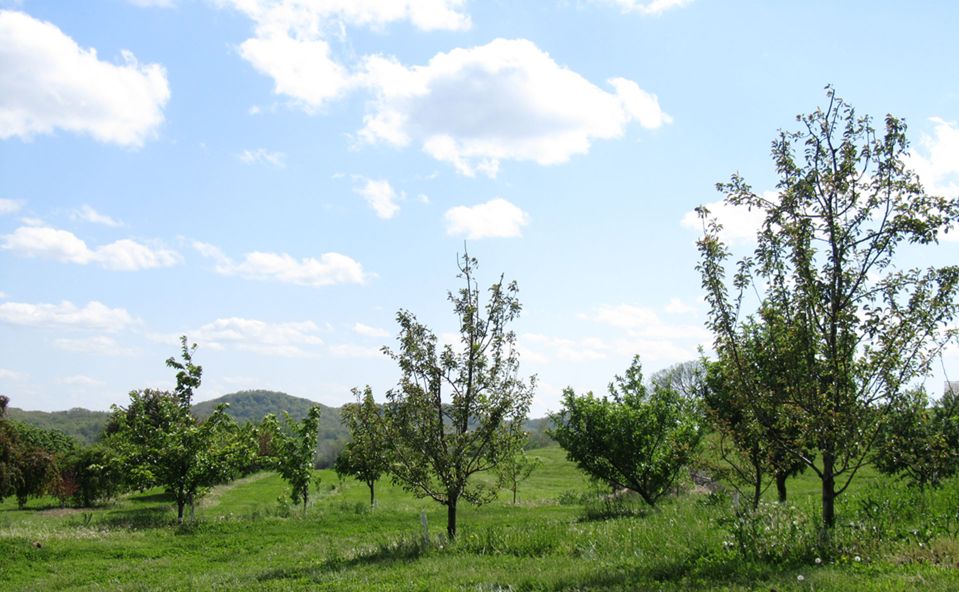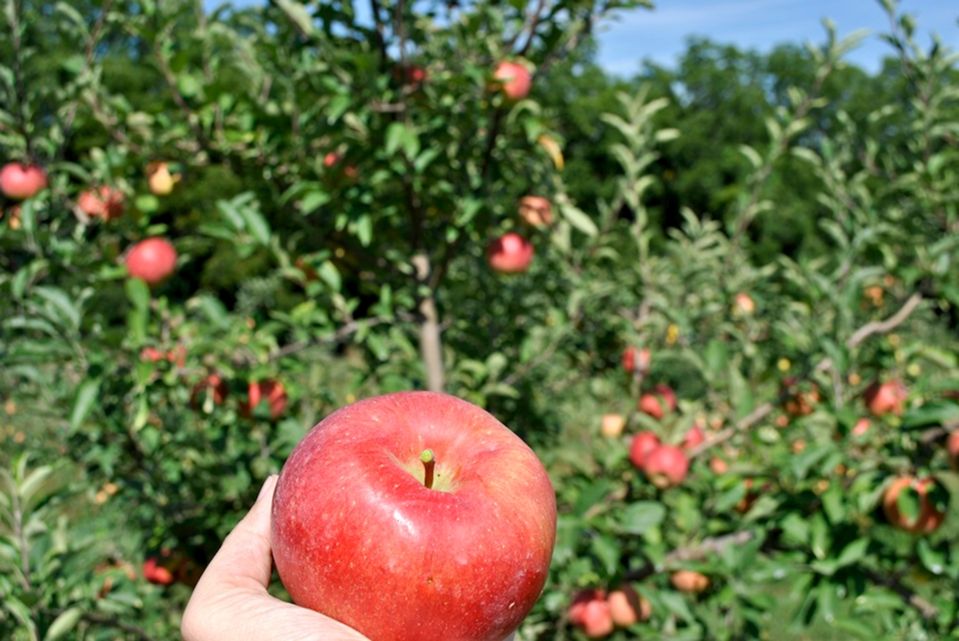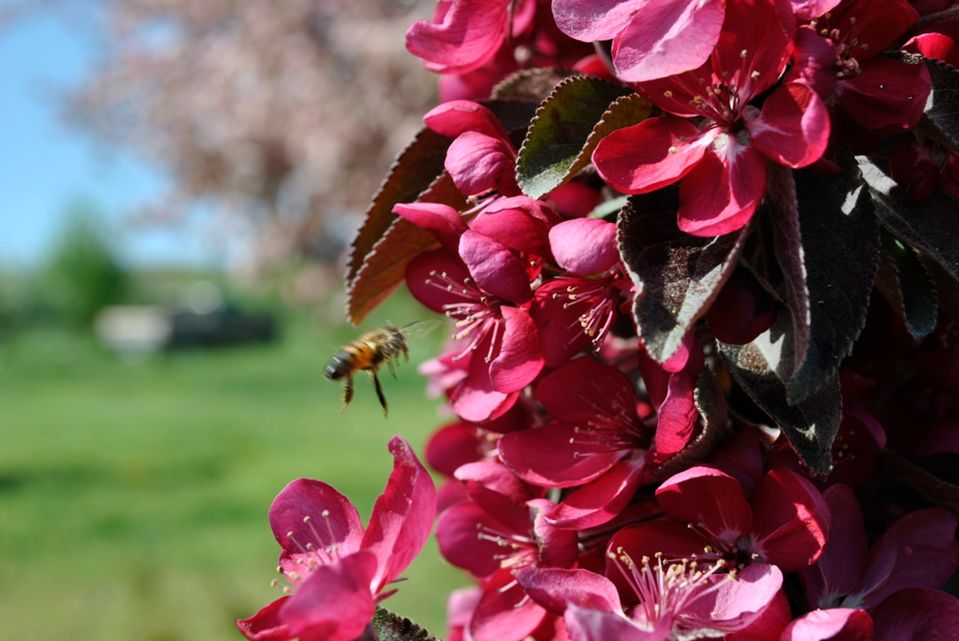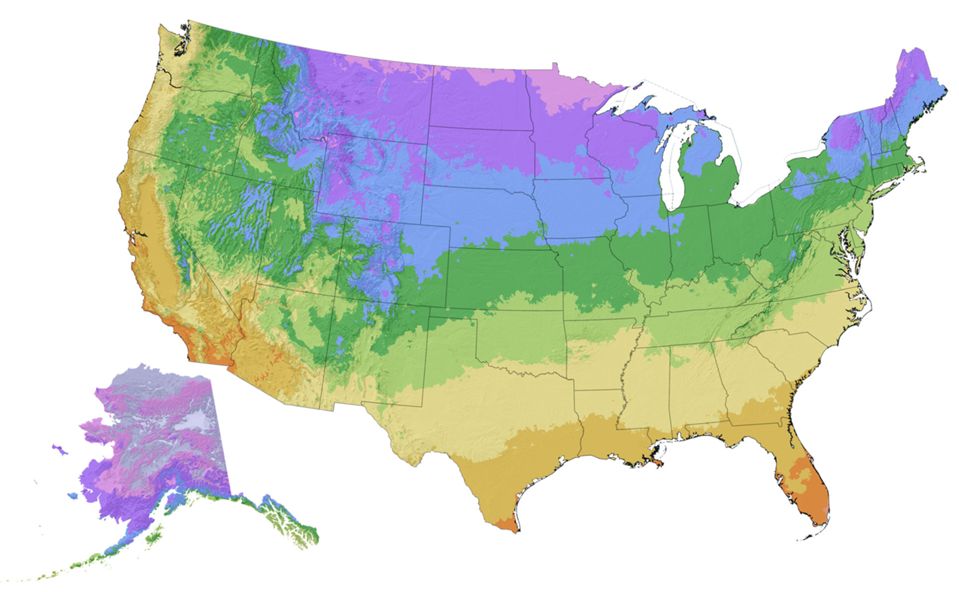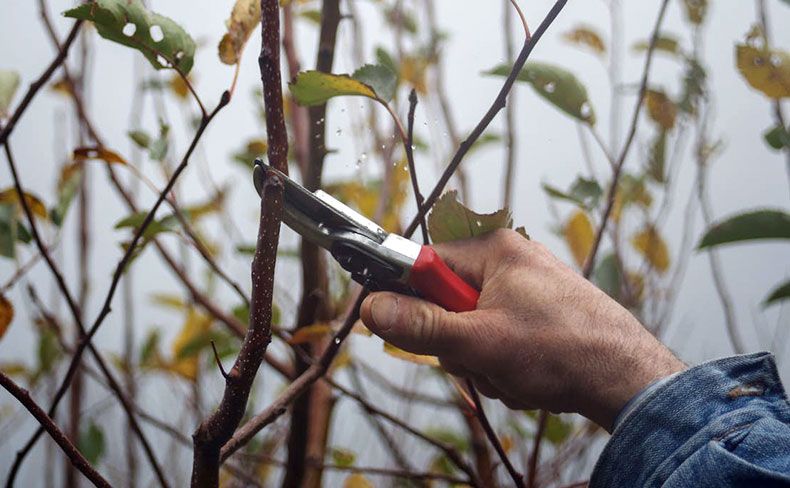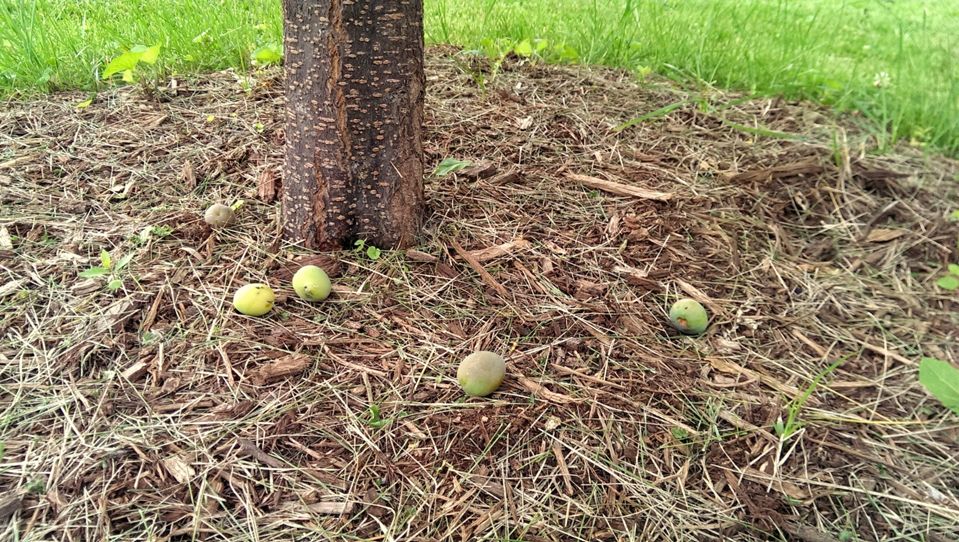Solving Fruit Tree Blooming & Bearing Problems
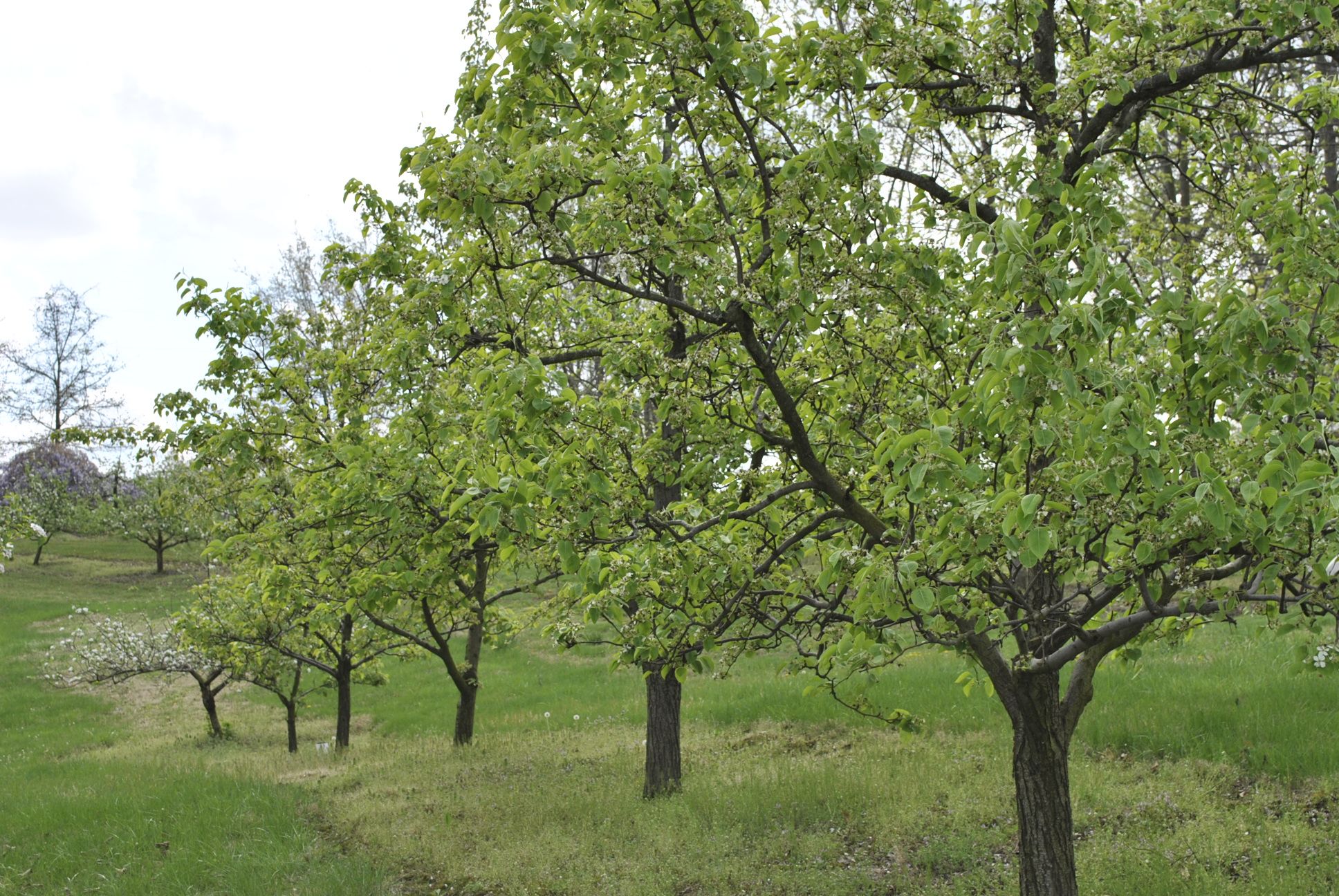
Two commonly frustrating questions any grower might ask:
- "Why won't my fruit tree bloom?"
- "Why doesn't my tree have fruit?"
You've planted your fruit tree. It's growing. It's living. But it's not blooming or bearing fruit. While this can be discouraging to the point of wanting to chop the tree down, go for the facts – not the axe. If your fruit tree doesn't bloom or bear, it can happen for a number of reasons. In this article, we focus on the 6 basic requirements of fruit trees and address the most common issues and solutions related to fruit production.
6 Basic Needs for Fruit Production
1. Tree Development
If your fruit tree is still too young/immature, it won't go into fruit-production mode. When you receive your tree from Stark Bro's, it will be around 2 years old and will still need a few years before reaching its fruiting maturity. Read our article about how many years until you should expect fruit for more information about how long it takes for different trees to bear before deciding your tree has an issue.
2. Pollination
Fruit trees require pollination to be able to set fruit. If your tree is not self-pollinating, it needs a compatible pollinator tree planted nearby. Also, pollination-helping beneficials like bees, birds, and wind need to be adequately present. If your tree is missing these important elements, it may bloom, but it will not likely set fruit. Read more about the importance of fruit tree pollination.
3. Hardiness Zones
Individual tree varieties have recommended hardiness zones for planting. You can find out how to determine your USDA hardiness zone, and learn more by reading Fruit Tree Care: Planting in the Zone. Once you know what your zone is, you will be able to select fruit trees that are recommended to grow in your area.
Things to Consider When Planting in Your Zone:
- Trees should be hardy to your zone for a chance to survive winters and summers.
- Trees should receive adequate chill hours to produce fruit. Chill hours are based on temperatures that stay between 32ºF and 45ºF for hours consecutively during the tree’s dormant period. If the tree is hardy to your zone but does not meet its chill-hour requirement, its fruit production will decrease. As a general rule, most peaches have a low chill-hour requirement, most apples are in the middle, and most pears have a high chill-hour requirement.
- Weather can greatly affect fruit production. If a late frost zaps your tree’s blossoms or young fruit, then it will not be able to produce a crop for you to harvest that year. If a drought or intense heat/cold damages your trees and their buds, you simply have to care for your trees this year (as usual) and wait for more favorable weather next year.
4. Pruning
Regularly pruned trees are much more apt to producing quality fruit. Fruiting buds tend to form on limbs that have adequate air circulation and light infiltration, which is your goal when pruning. Learn about pruning tips and more in our article, Successful Tree Pruning.
You also have to make sure that you find the right balance for pruning. Heavy over-pruning can cause a tree to produce too much vegetative growth in response, and under-pruning can contribute to the development of too much fruiting wood, which is the culprit for overbearing and fruit drop.


5. Spacing
Fruit trees that are planted too close to one another will compete for nutrients and light. If planting trees close together is part of your design (espalier and high-density plantings are two prime examples), then you will need to prune accordingly to keep them open to light and ensure the trees are getting enough nutrients from the soil.
If trees are planted too close to buildings and other structures, they will have similar conflicts with the added risk of interfering with those structures. Make sure you give your trees enough room to grow and flourish. For an easy-to-follow reference for tree-spacing, learn more about the different fruit tree sizes here.
6. Soil Conditions
It is very important that your trees have the right balance of reserve food and soil elements. This is the best thing you can do to ensure your tree fruits and has energy to support its fruit. As you can see in the graphic, if this balance is off, it can have a negative impact on how your tree blooms or bears.
If a tree has plenty of reserve food but a shortage of soil elements, you may see a stunted crop of undersized, poor-quality fruit. You might even see no fruit at all. This can happen if your tree has tried to overbear, which may cause a tree to drop its fruit prematurely. It may also happen if your tree has experienced foliage-depletion, which can be caused by stress, weather, or other weakening factors (animals, pests, or disease). Identifying the stress factor and treating it will help to remedy the problem. You can have your soil tested to find nutrient deficiencies. You should implement routine control of pests and disease.
A tree can also have an excess of soil elements but not enough reserve food. The tree will appear to be healthy and lush during the growing season, but it will not bear fruit (regardless of maturity) since, in many cases, the tree doesn't even bloom. This happens as a result of “over-feeding”. If the soil provides plenty of nutrients, like nitrogen (either naturally or by adding fertilizer), the tree develops an excess of vegetative growth that will delay the growth of fruiting buds. You can remedy this problem by holding off on fertilizing and waiting until the next growing season for results.
Desperate Times Call for Desperate Measures
There are some extreme solutions that should only be attempted if all else fails: root-pruning or scoring your trees.
Root pruning: Bring a spade or shovel out to the drip line of your trees. The drip line is where the tips of the branches are, but straight down on the ground. Take the spade or shovel and push it straight into the ground and pull it straight back out. Do not dig out any dirt. Move over a foot or two and repeat the process. You are essentially creating a dotted-line circle around your tree's root system, which will clip the feeder roots and "shock" the tree into blooming during the next growing season.


Scoring: This has the same result as root pruning, but scoring should not be your first step to getting your tree to fruit. Consider it a last resort. When scoring your trees, bring a small knife (like a pocket-knife) out to your tree. Locate a spot low on the trunk and cut a single horizontal line into the bark, only halfway around the tree. Move up several inches and repeat this, but halfway around the other direction. Do not let these lines connect to one another or you will destroy the phloem tissue and completely disrupt the vascular system of the tree, which will lead to its demise. See the animated image as a reference for examples of properly scoring the bark halfway around a tree.
If you keep these instances in mind, then you will have a better understanding of why a fruit tree does not bear. Nip a potential problem in the bud and exercise your patience (not your lumberjack-swing). Your trees will thank you!
Learn more about fruit trees:

